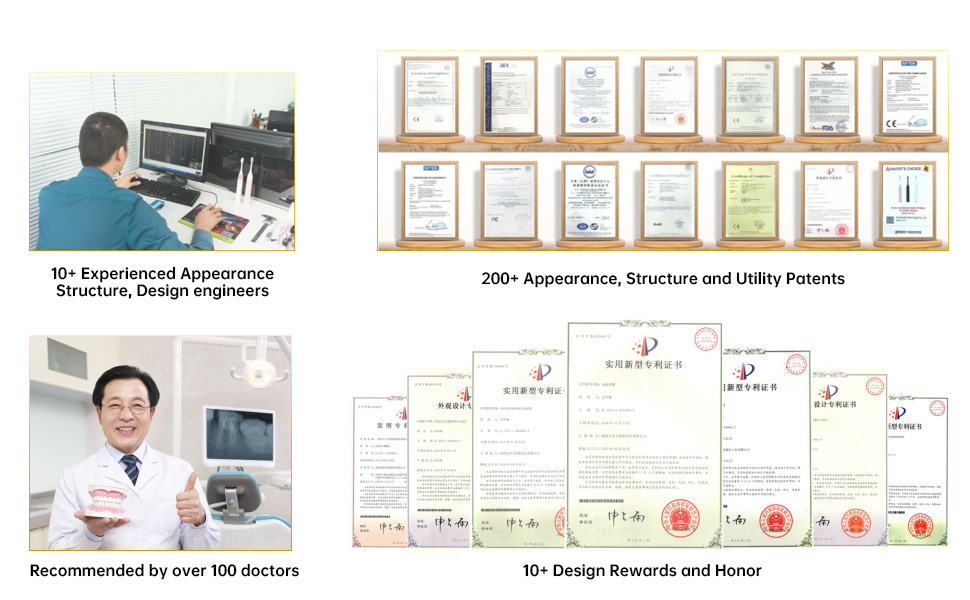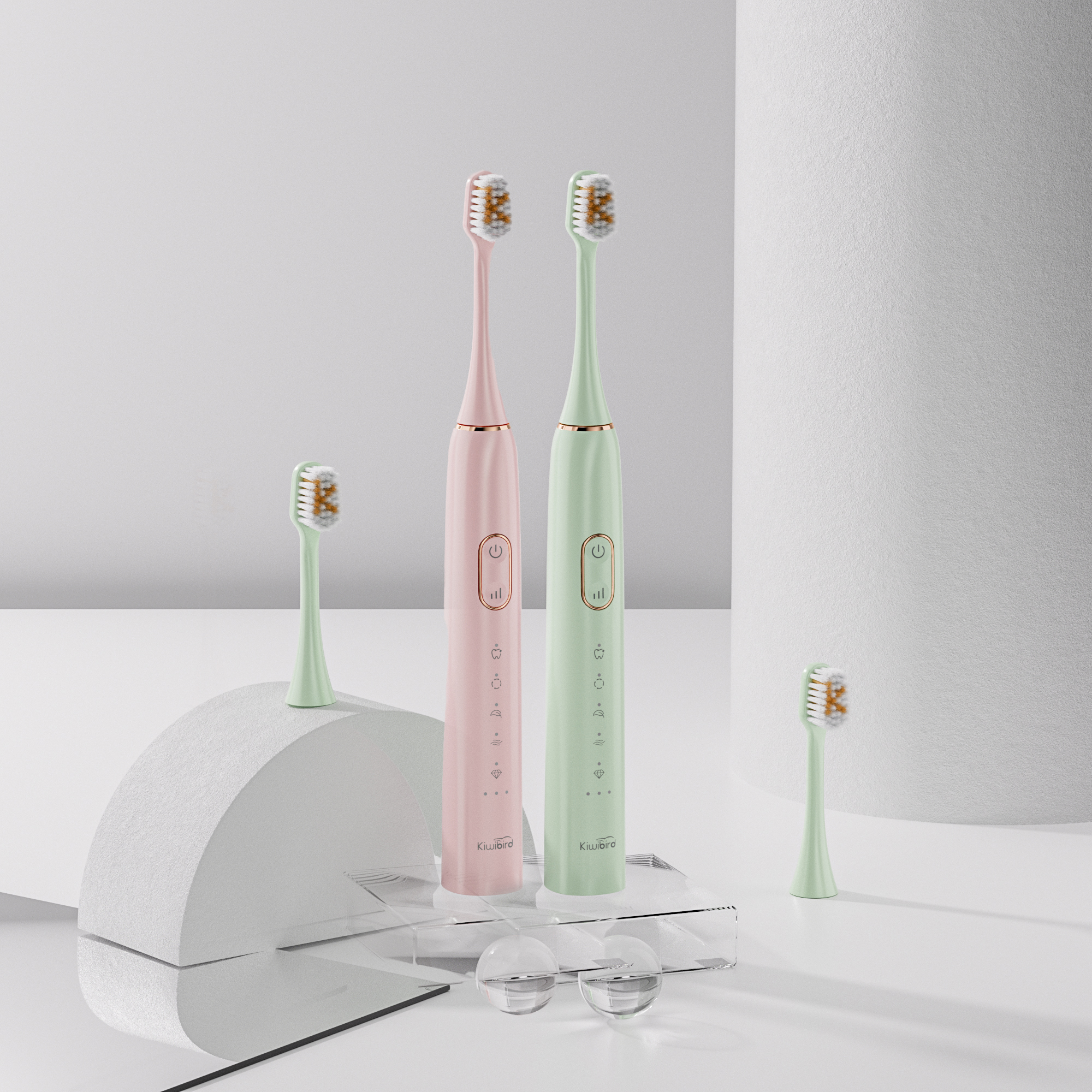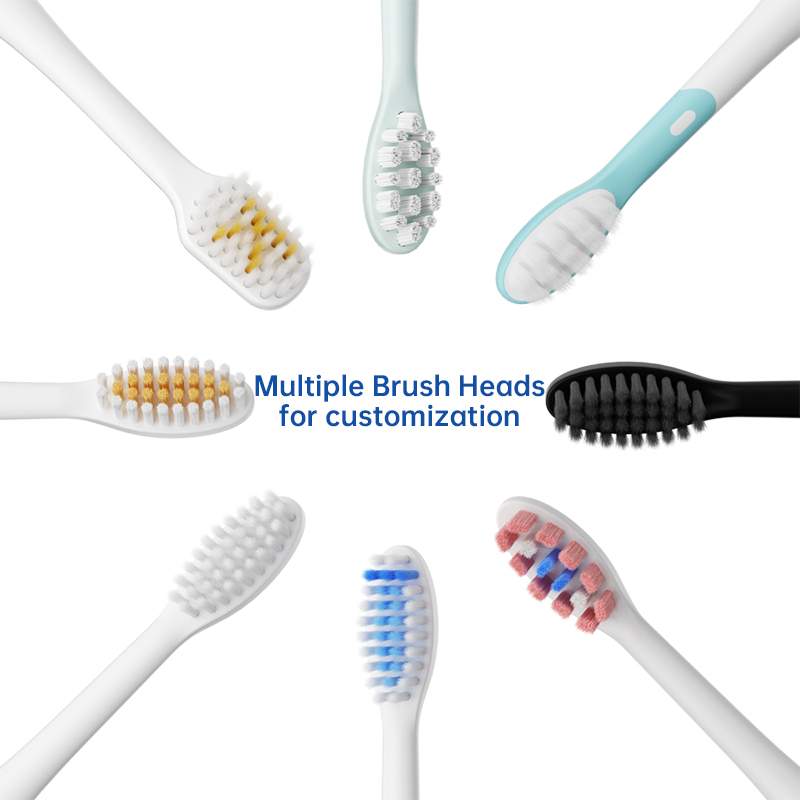Connecting a Boston smart toothbrush to a companion app — the Boston app toothbrush model — turns a single-use appliance into a household hygiene platform. For B2B manufacturers and OEM/ODM partners, app integration is no longer a novelty: it’s a product differentiator that drives refill attach, reduces service friction, and creates recurring revenue. Below are six focused dimensions that explain how app tech elevates the routine and what manufacturers must do to make the experience robust, private, and profitable.
First, app connectivity enables true personalization. A Boston app toothbrush can record session length, quadrant coverage, pressure events and mode selection; in turn, the Boston smart toothbrush can offer adaptive coaching (gentle reminders, targeted mode suggestions) that change user behavior. Consequently, personalization increases compliance and refill velocity: customers who see progress are more likely to maintain subscriptions for replacement heads and premium pastes.
In short, the app makes the toothbrush an active coach instead of a passive tool.
Next, app benefits depend on tight hardware and firmware integration. To support features like pressure coaching or AI-based coverage mapping, the Boston smart toothbrush must include sensors (accelerometer, pressure or strain sensing, timestamped motor data) and a firmware stack that exposes clean telemetry via BLE/GATT or secure Wi-Fi. Meanwhile, the Boston app toothbrush should support robust pairing, local caching for offline use, and OTA firmware updates.
Therefore, manufacturers should specify sensor accuracy, sampling cadence, and a minimal communications API during early design to avoid expensive rework later.
Moreover, the app is the UX layer that turns telemetry into long-term habits. The Boston app toothbrush should offer seamless first-use pairing, quick-mode switching, family profiles for multi-user homes, and automated head-replacement reminders tied to real usage (not just calendar dates). Gamification, streaks, and dentist-verified tips increase engagement, making the Boston smart toothbrush more than a one-time purchase.
Consequently, a well-designed app improves retention and increases lifetime value (LTV) of each device.
Furthermore, capturing usage data creates obligations. For B2B brands building a Boston app toothbrush, data governance cannot be an afterthought: collect only what you need, anonymize telemetry where possible, and use industry-standard protections (BLE pairing, authenticated sessions, TLS for cloud transport, OAuth for accounts). Additionally, comply with regional rules (GDPR/CCPA) and make privacy controls obvious in the app.
Thus, privacy-forward design reduces legal risk and builds consumer trust in your Boston smart toothbrush ecosystem.
In addition, app connectivity unlocks services that drive revenue. Aggregated, anonymized analytics from the Boston app toothbrush can inform targeted replenishment (push a head pack when a user hits 80% of expected wear), localized promotions, or diagnostic upsells (e.g., priority swap for flagged defects). Moreover, cloud-side rules enable subscription management, fraud detection, and A/B testing for onboarding flows — all of which increase conversion and lower churn for your Boston smart toothbrush line.
Hence, the cloud is where product features become repeatable business outcomes.
Finally, app-driven products require tightened manufacturing and support processes. For the Boston smart toothbrush, factories must include calibration jigs for sensor zeroing, a programming step to inject unique device keys, and QA tests for wireless connectivity. On the ops side, a remote diagnostics pipeline (log collection, health checks) helps resolve tens of thousands of issues without returns. Consequently, the Boston app toothbrush model reduces expensive depot repairs while raising customer satisfaction.
In summary, scalable production and diagnostic tooling are essential to sustain an app-enabled product line.
To turn a Boston smart toothbrush into a successful Boston app toothbrush offering, prioritize these six actions:
If you’d like, I can now draft a developer-ready technical packet (sensor spec, BLE service outline, minimal API schema, firmware OTA plan, and a pilot KPI dashboard) to hand straight to your engineering and commercial teams. Contact us
.jpg)
.jpg)

How the Boston compact toothbrush achieves Boston space-saving goals

Which Electric Toothbrush Is Best for College Students in Boston?

Can an Electric Toothbrush with App Connectivity Improve Brushing in Boston?

What’s the Best Electric Toothbrush for Sensitive Gums in Boston?

Is a Boston student toothbrush durable enough as a Boston dorm toothbrush?
Boston Electric Toothbrush for Sensitive Gums: Gentle Yet Powerful
Boston Electric Toothbrush with App Connectivity
.jpg)
sonic electric toothbrush Boston

How to claim a Boston student discount on Boston clinic recommended brushes
.jpg)
Why Choose an Electric Toothbrush Recommended by Dental Offices in Boston?
Boston Electric Toothbrush Dental Office Recommended

Is a Compact Electric Toothbrush Ideal for Boston Dorms?
Boston Electric Toothbrush for Sensitive Gums
.jpg)
Why Boston clinic recommended brushes help Boston sensitive gums
College Student Electric Toothbrush Boston
Compact Electric Toothbrush for Boston Dorms

electric toothbrush heads Charcoal Infuse-Round

electric toothbrush heads Regular Clean

Customization Teeth Whitening Gel

electric toothbrush heads Deep Clean

Electric toothbrush heads Charcoal Infused-Diamond

Private Label Whitening Gel
.jpg)
Florida Electric Toothbrush – Powsmart PTR-C8

electric toothbrush heads Ultra Soft
whstapp
whstapp
National Toll-Free Service Hotline
+86 755 86238638